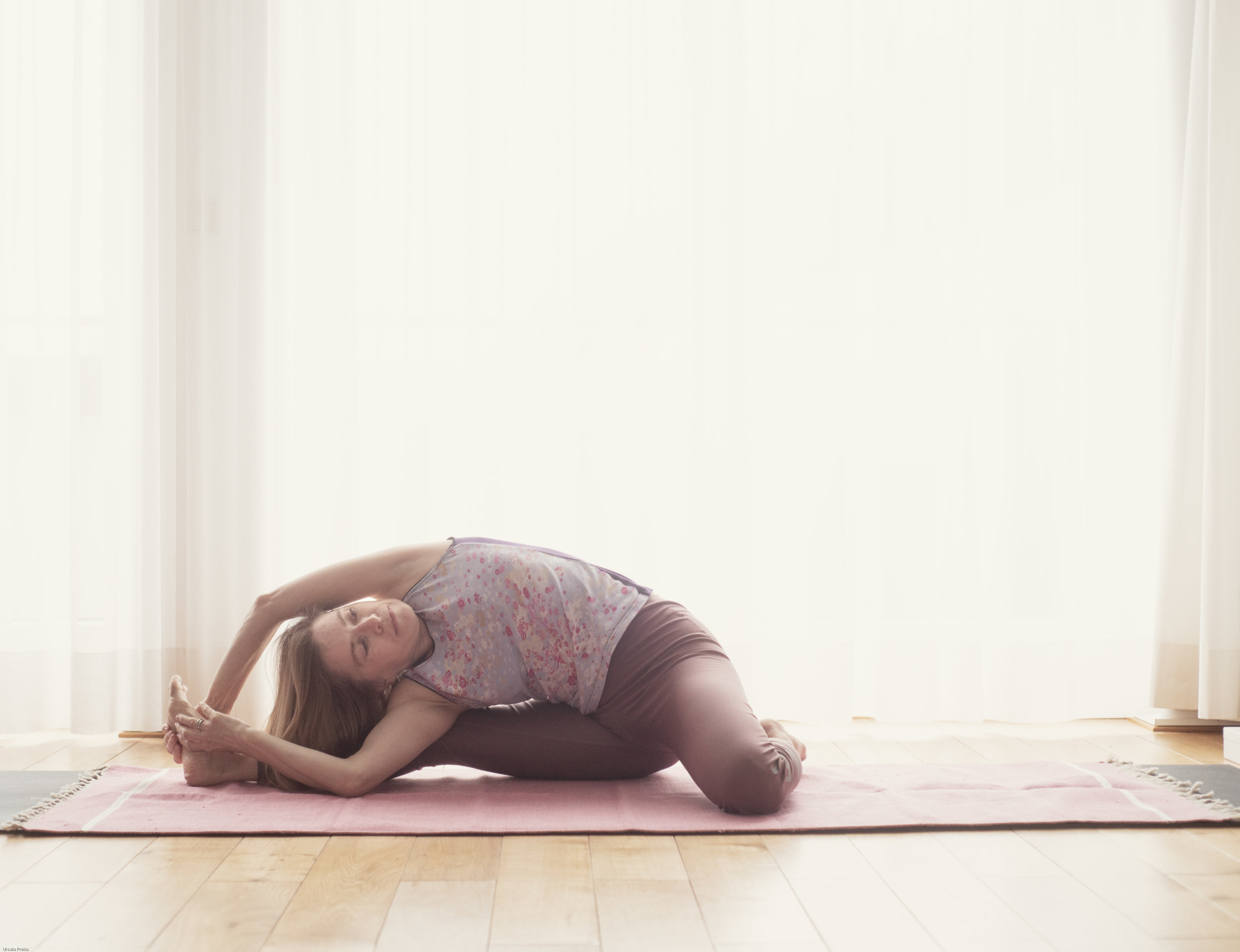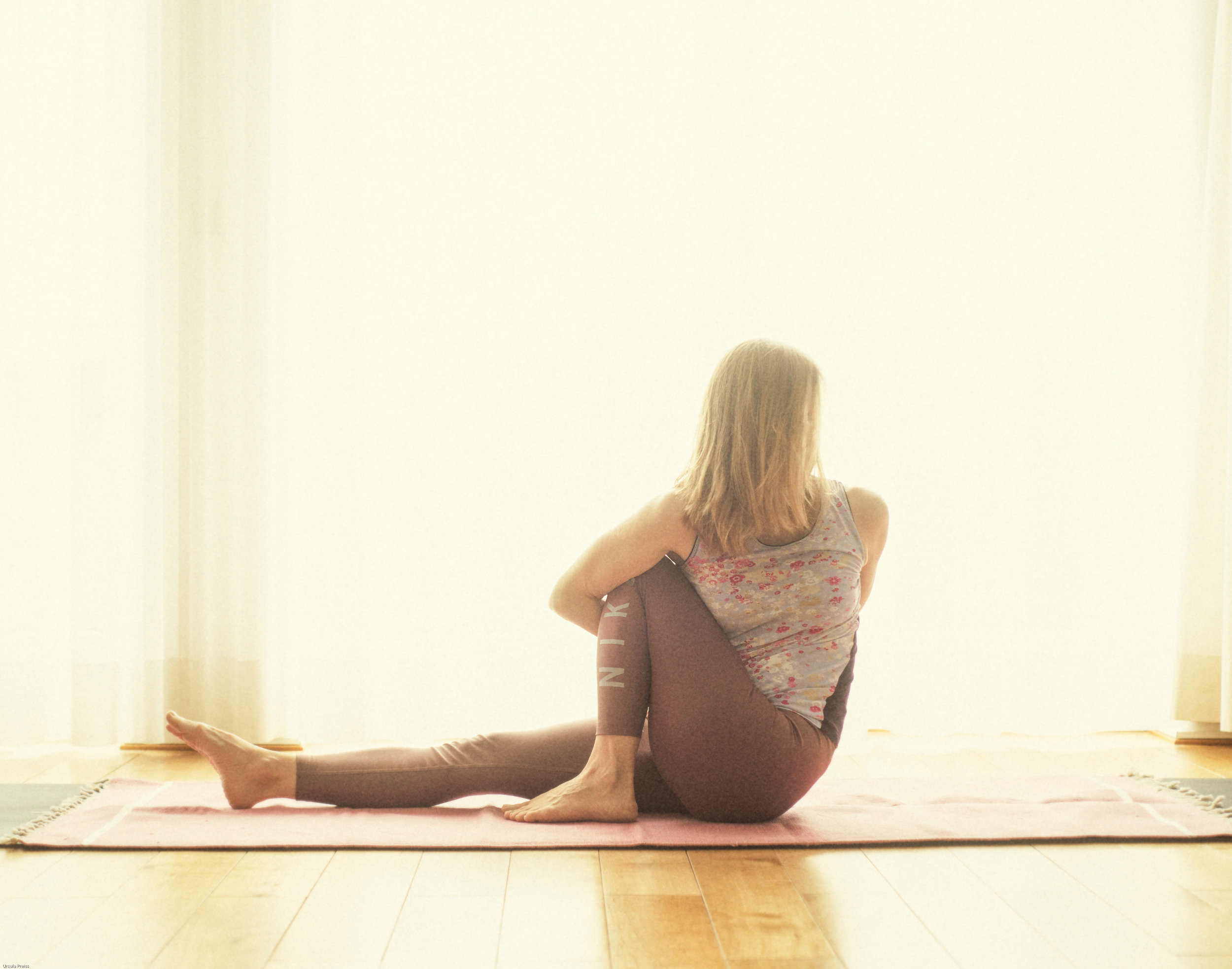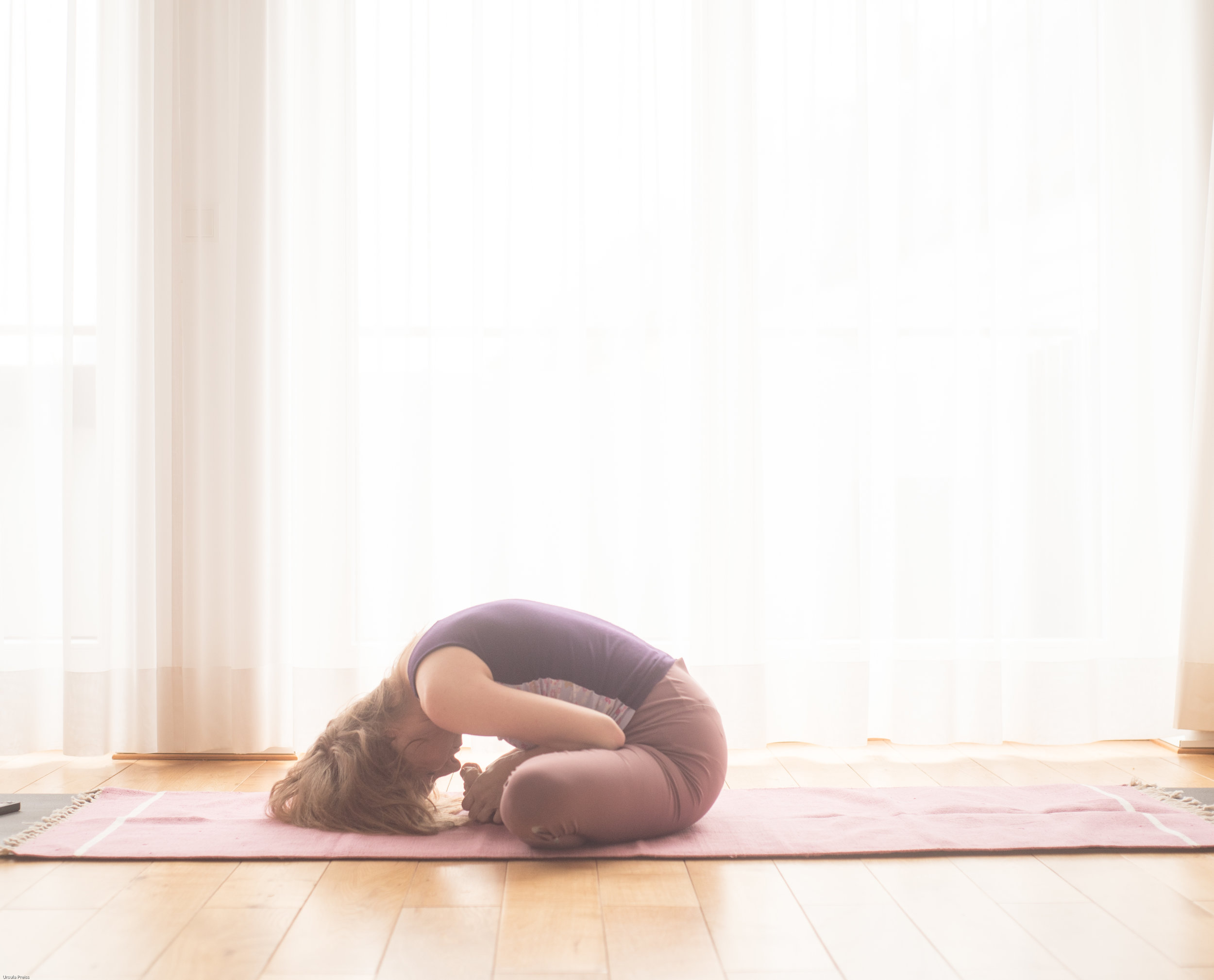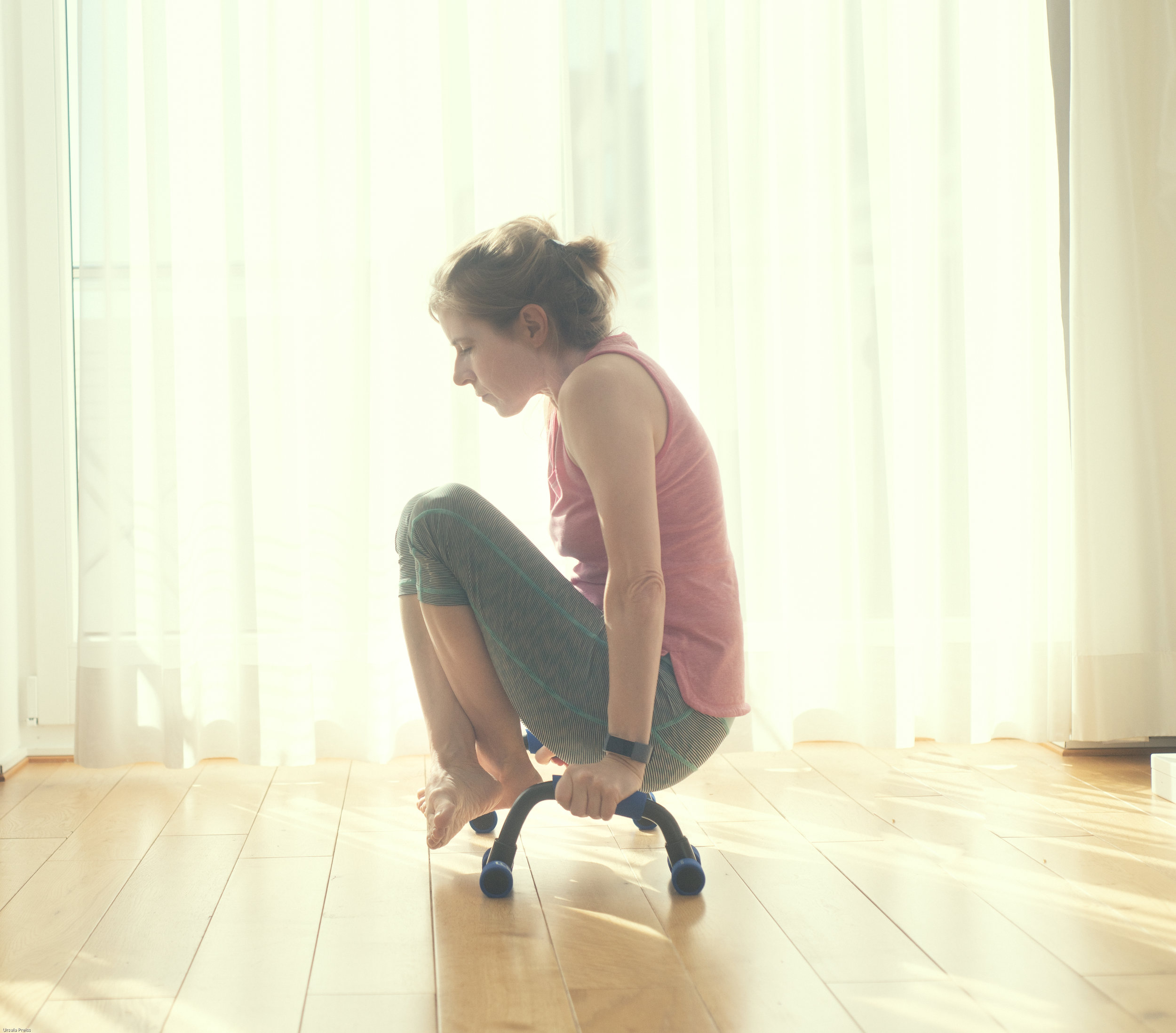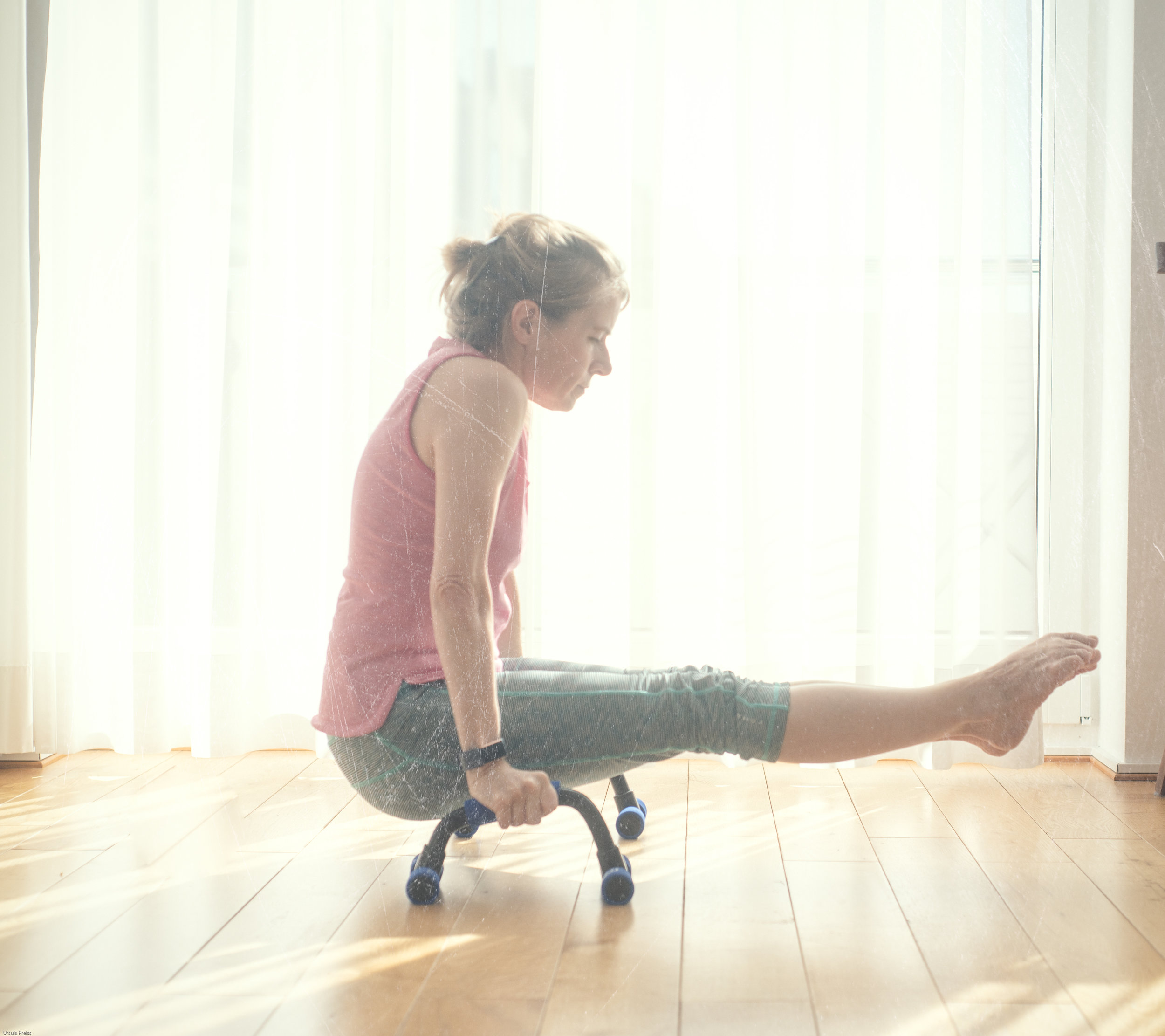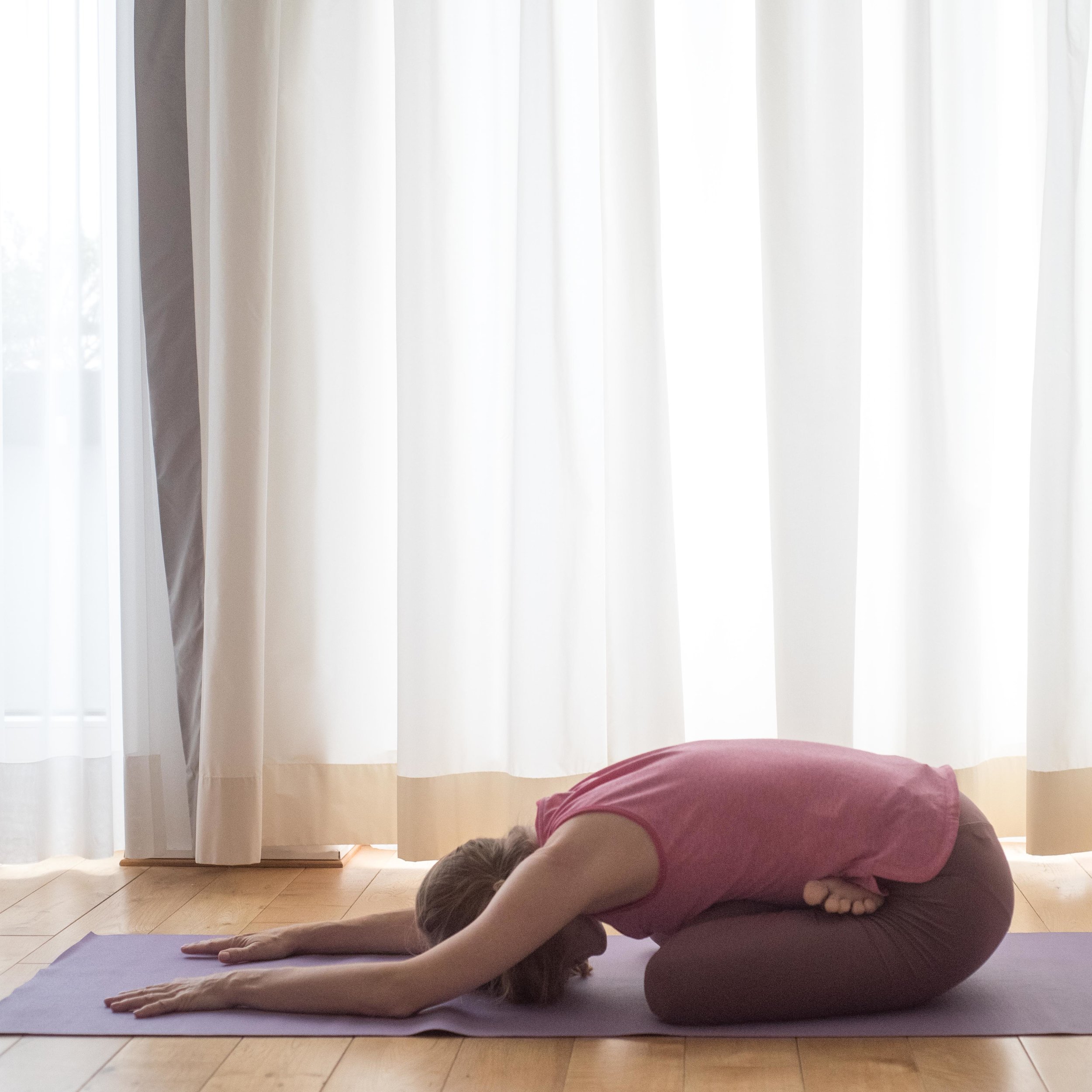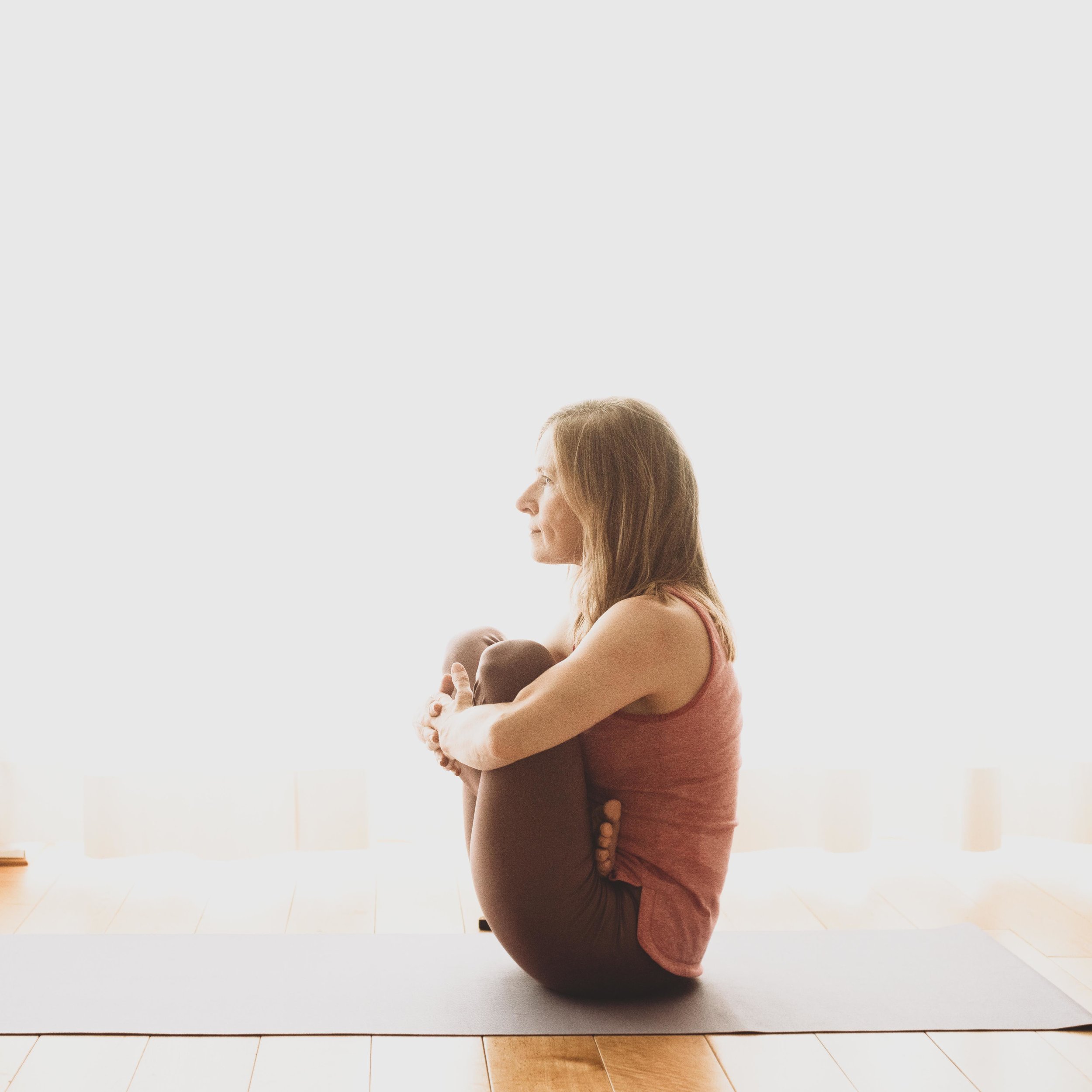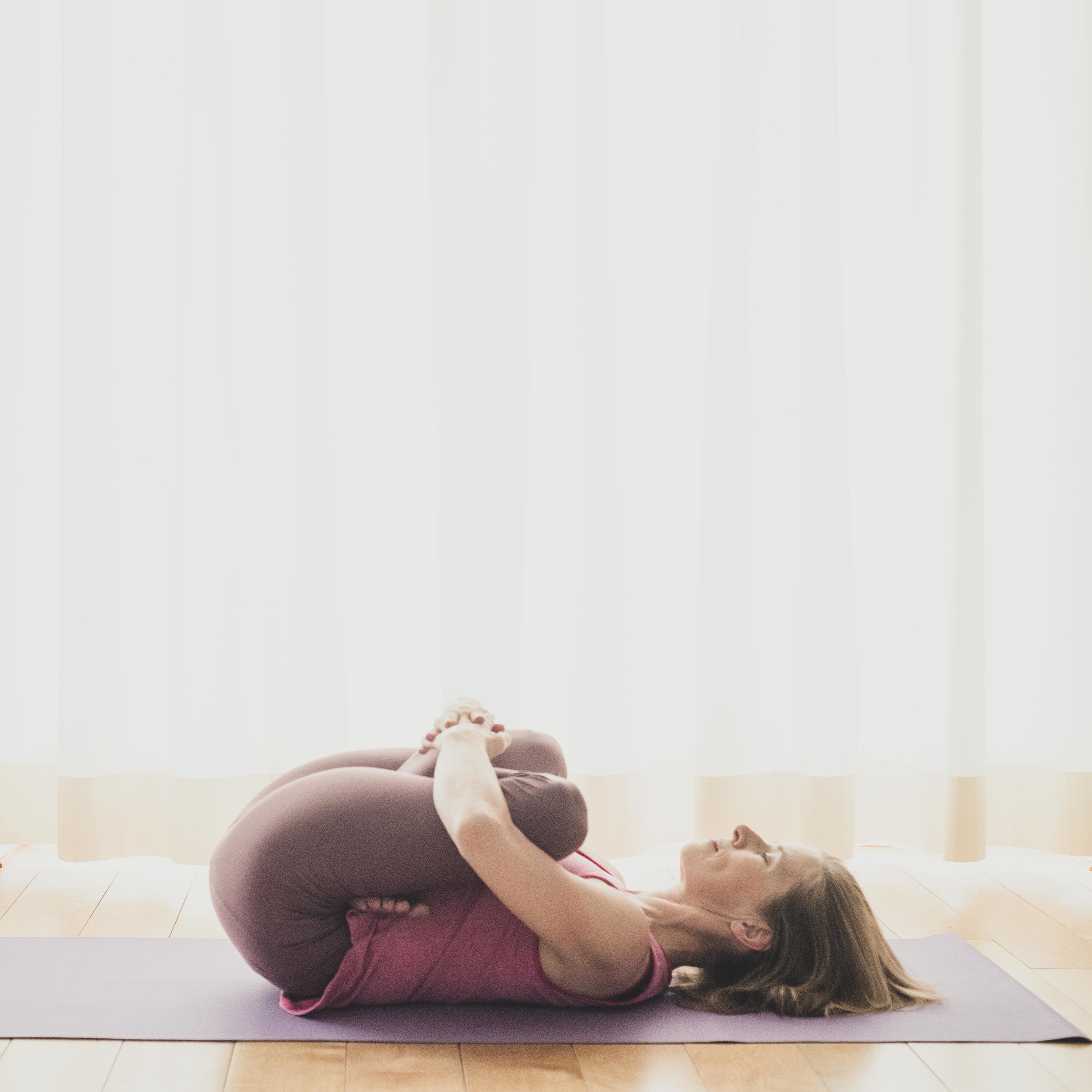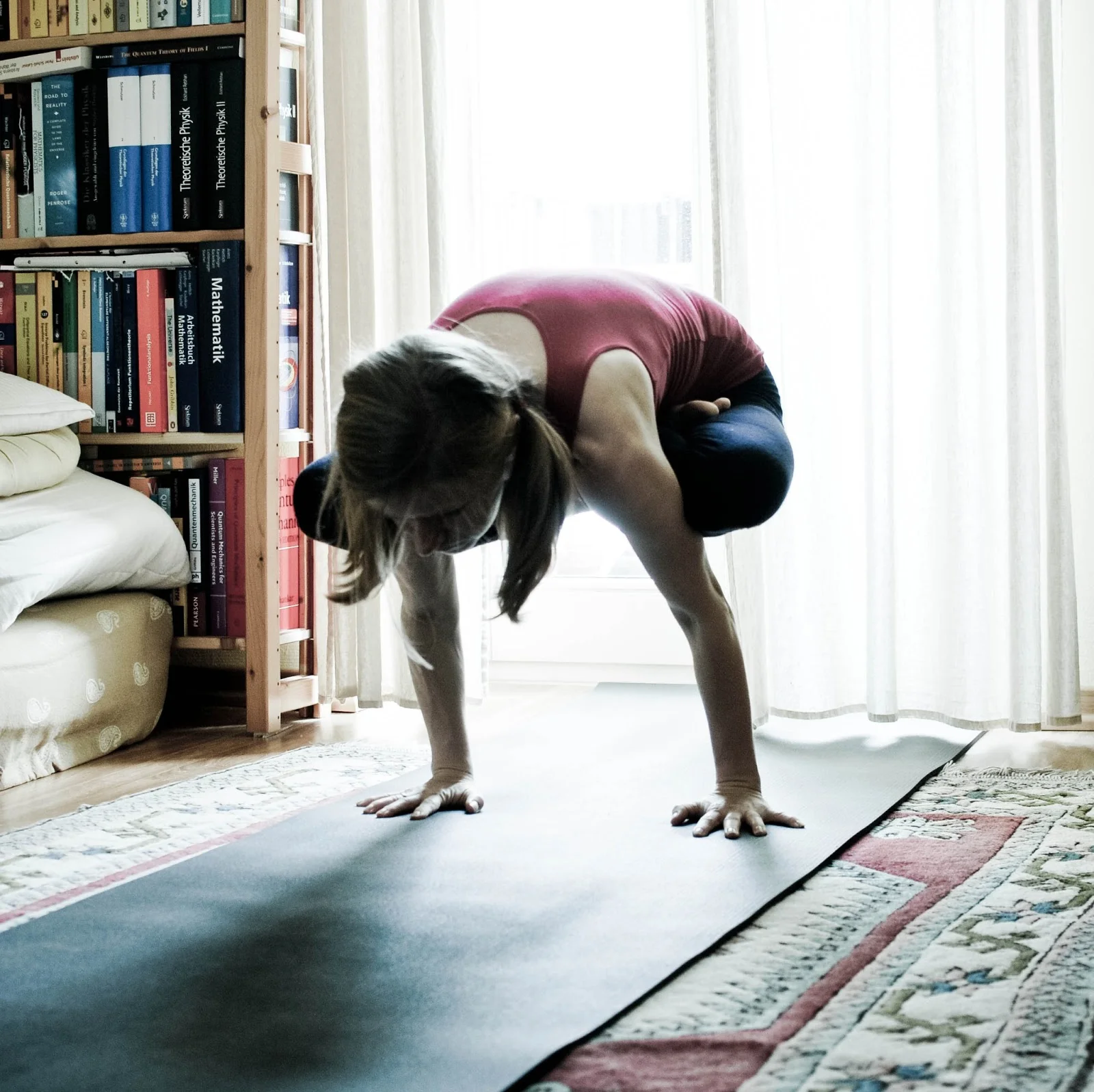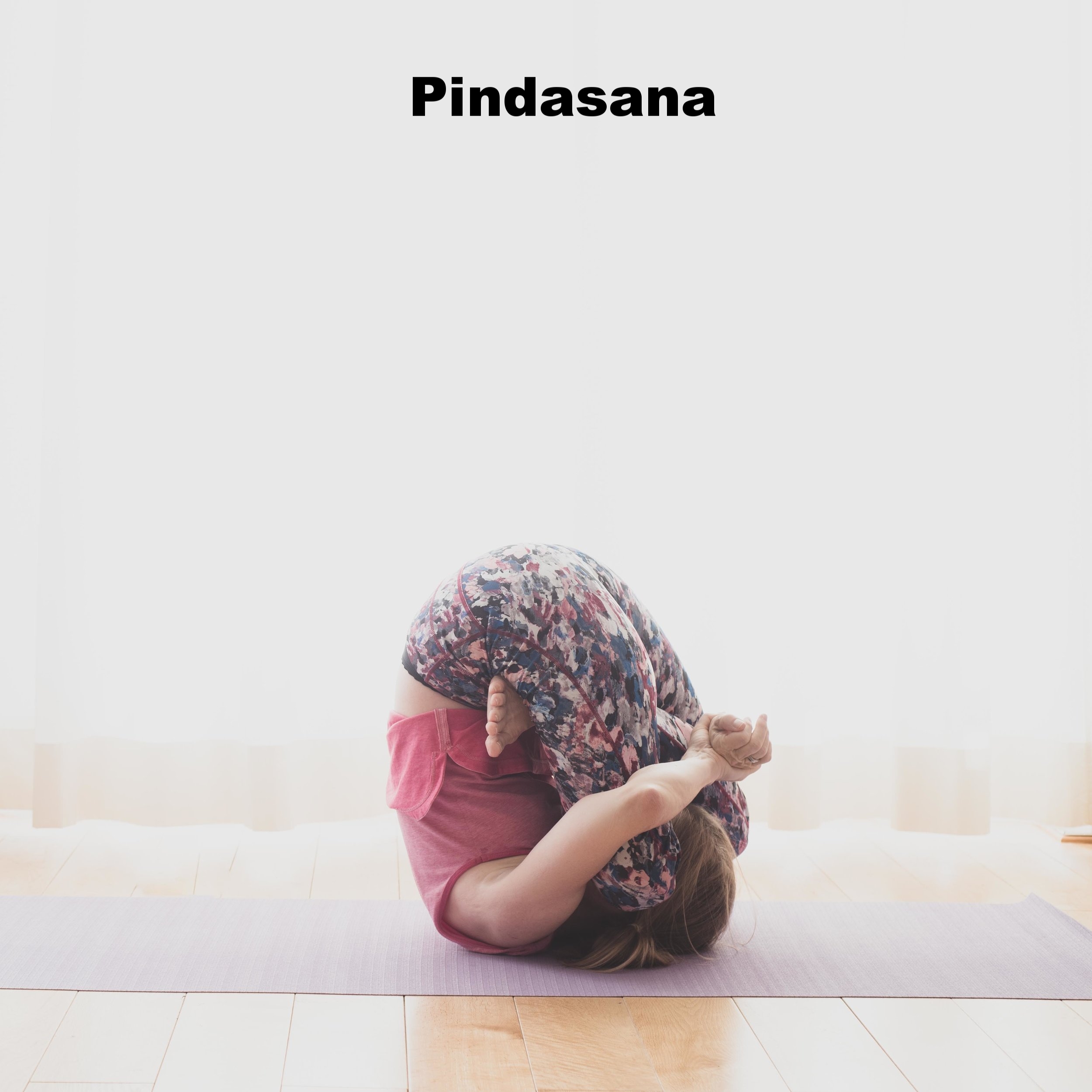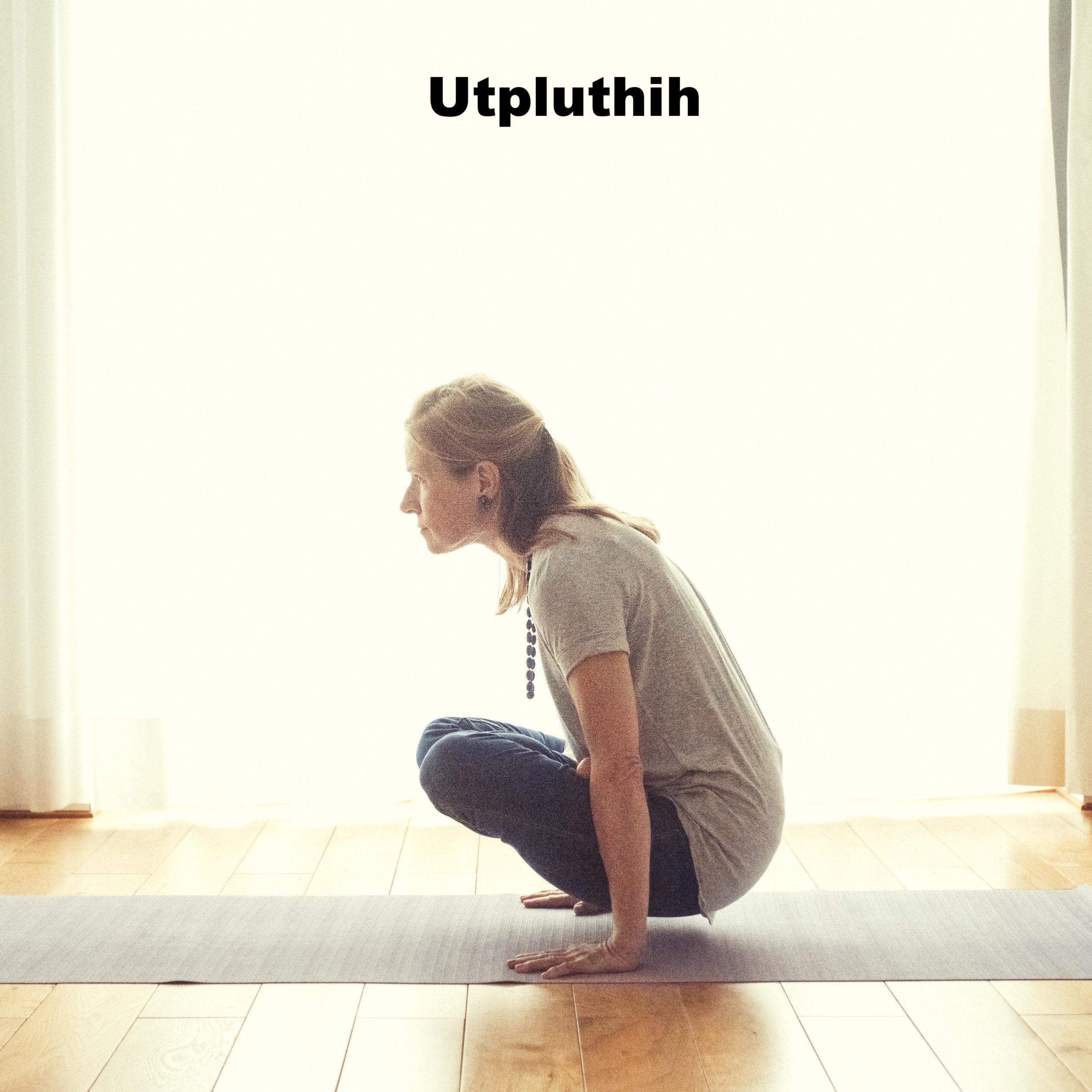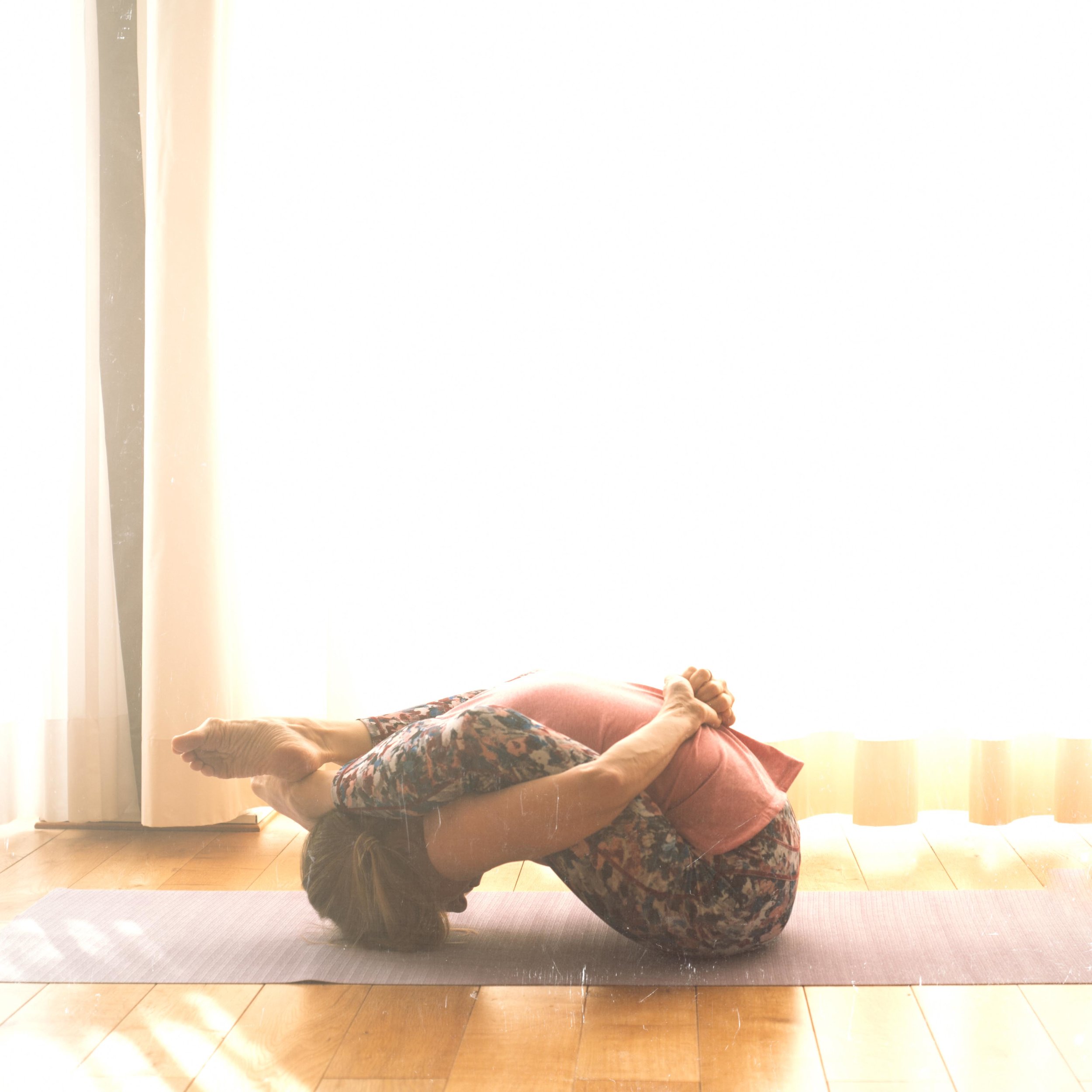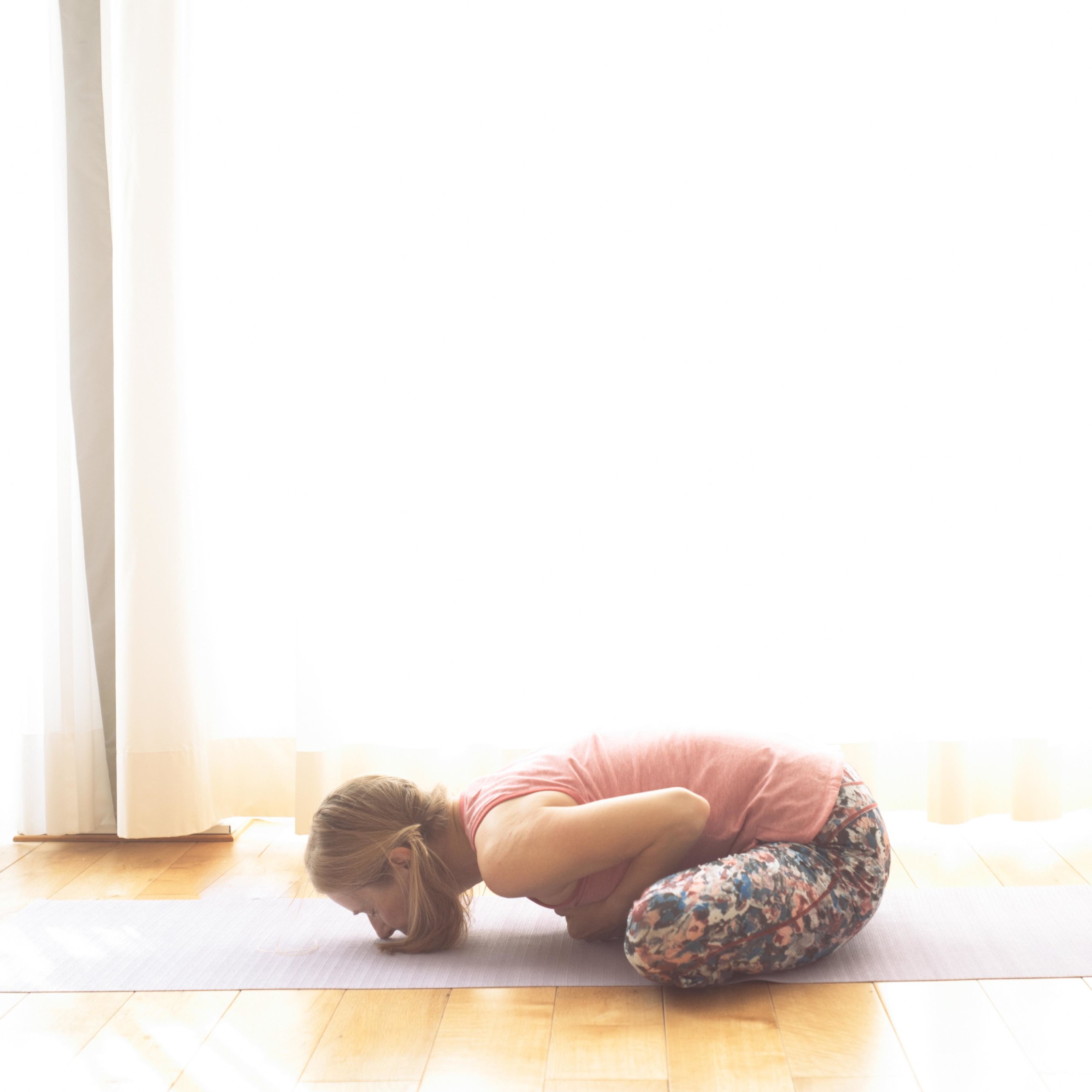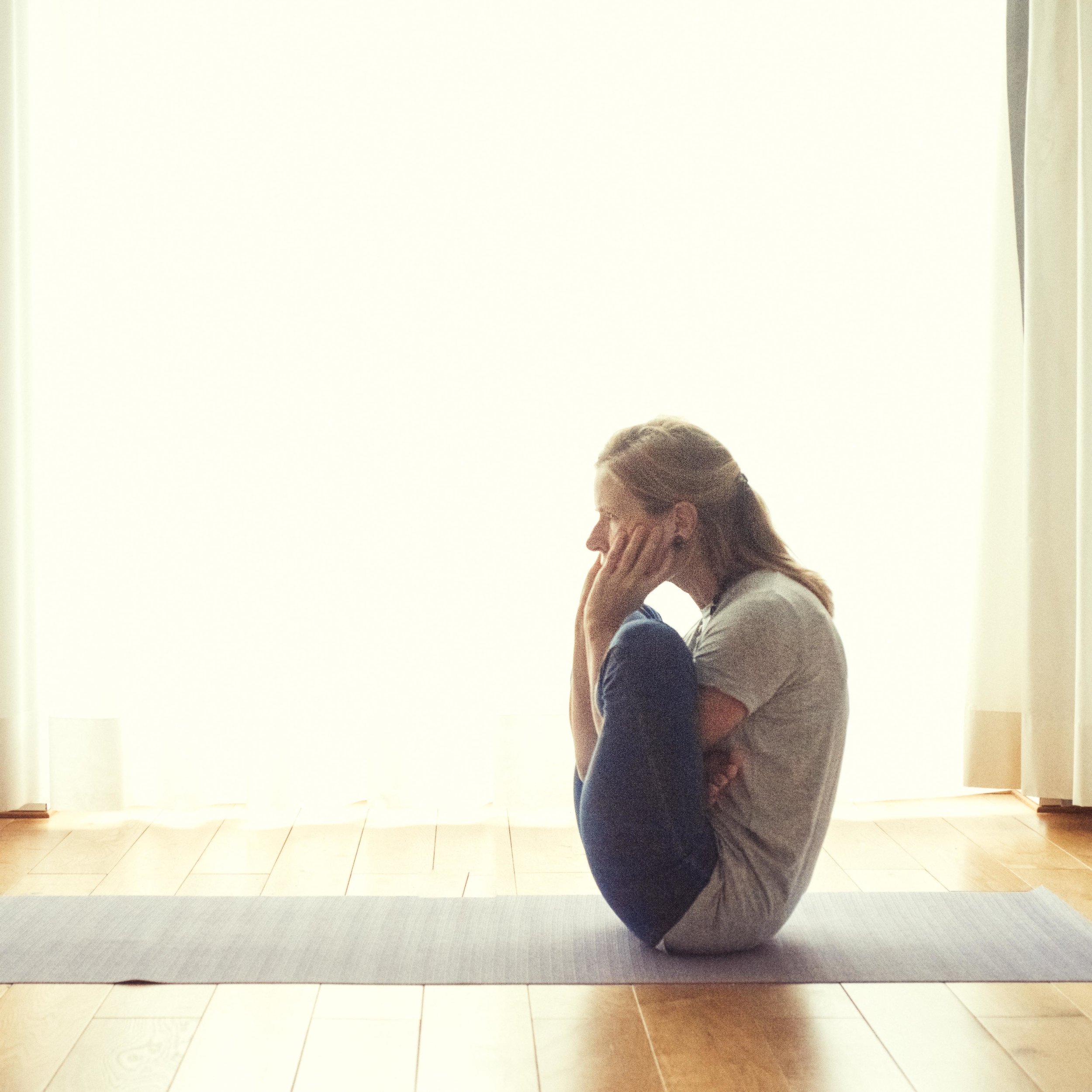Bit by bit I go through the asanas of the Ashtanga yoga series. I show connections that I found out. Having an overview can be motivating.
Lotus pose gets introduced in the standing sequence of Ashtanga yoga. Ardha baddha padmottanasana is an asana with half lotus. In the middle part of primary come three asana that require the skill of padmasana. It’s garbha pindasana (2 parts) and kukkutasana. All these asanas are challnging. Other variations of padmasana come in the closing sequence. There are 6 asanas with legs folded into padmasana. Also the other 3 series of Ashtanga yoga have one asana minimum with lotus pose in their middle part. With each series it gets more demanding.
Each time when practicing one of the Ashtanga yoga series one practices at least seven asanas with legs folded in padmasana. In addition padmasana in it’s simple form is the best seat for pranayama and meditation.
I think this can be enough motivation to spend some time in learning this classic pose. It’s possible to integrate padmasana in the daily life. Right now for instance I sit here in lotus pose (left leg first…. hahaha). Each time when sitting anywhere one can exercise this pose and prolong how long one sits in that pose. Any knee discomfort is a message from the body to get out of the pose.
When padmasana is mastered a key asanas is mastered. Many asanas to come build on that skill.
Of course there are much more asanas with padmasana that are no part of the Ashtanga yoga series. I’ll show some in blog posts to come.
At the end of this post I want to tell a story. I reflected for a long time if I shall write about it, because it’s not my story. Someone, who experienced it told it. It shall be a warning. Injuries are a taboo in the community, but I think one shall talk about it, too.
A yogi went to a workshop. One of the VIP masters offered a workshop in Berlin. Like everything workshops have advantages and disadvantages for all parties, the teacher and the students alike. The teacher want to earn money. For those who are not on the top it can mean to offer more than a led class of 90 minutes to cover the trip at least. Best is to fill three days with lots of contents. Meditation is such a contents. To be honest if I practiced 10 minutes of meditation every day I’d be glad. In that workshop the students were meditating one hour. This ambitious yogi tried to sit in lotus pose for this hour. I know in workshops we don’t feel discomfort, the atmosphere blows it away. We are all a little bit more motivated to hold poses and to move our limits. The knees of this yogi started hurting after this workshop. He thought that he was too long in lotus pose. The pain didn’t go away, so he went to doctors. Since then I saw him in yoga classes with a mull around his one knee. Usually injuries mean a setback. Much less is possible with an injured body part. Yet the pain didn’t disappear and the doctors recommended a surgery. I know that too many surgeries are done in hospitals as they bring the most money. Sometimes patience is necessary. My back issues lasted 2 years. We want everything quick, quick, I know. After the surgery of the knee everything went worse. I don’t know why, but in hospitals are so many resistant germs, perhaps some of those entered the body of the yogi. One day I read on Facebook that he has pain all day long. This might be an extreme story. But me too, I never thought that I’d injure myself seriously and that it would last that long. The shock still sits in my bones. I thought that I had to give up yoga. I’m glad I didn’t. I always heard the sentence of this orthopedist in my head: Don’t give it up. Somehow I kept my yoga practice alive, despite the pain.
Instead of spending time on my mat practicing yoga, I had to go to doctors and orthopedists, physical therapists. I even did rolfing. I read books, watched videos, found new doctors. Not every injury can be avoided. But one can try to practice safely.
Be patient with your body. Nothing can be forced. It can take very long to master an asana. One can celebrate tiniest successes. On the Internet are many advanced yoginis. Asanas look very easy when performed by an advanced yogini. The majority of students struggles with basic asanas. It’s OK. To learn asanas is a process. It can last very long, even decades till an asana is mastered. I wish that your yoga journey is a safe one. Take care.

